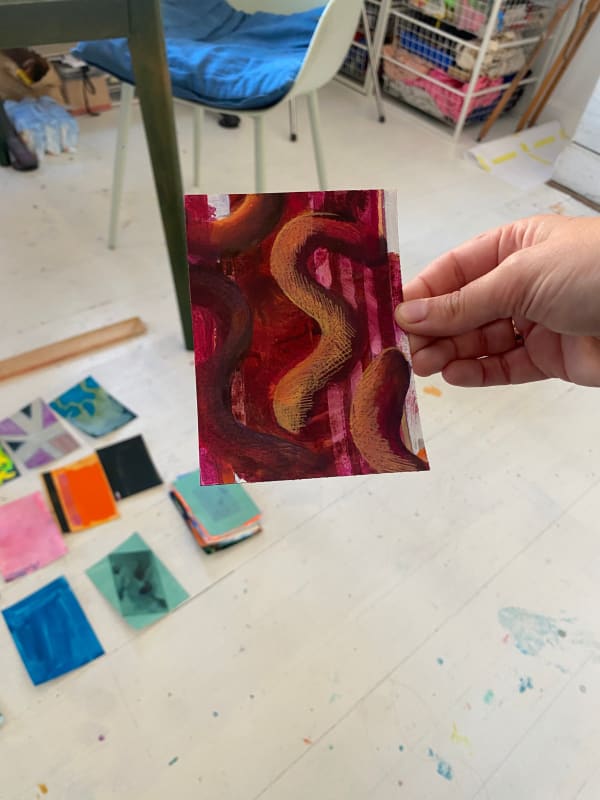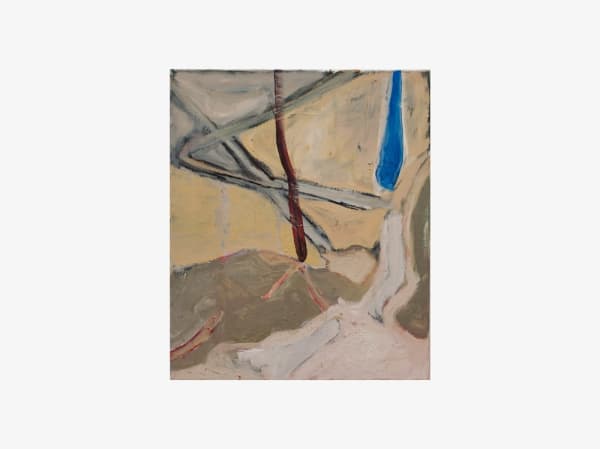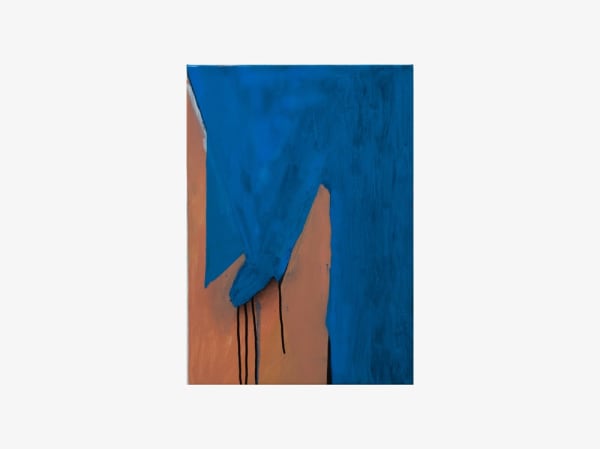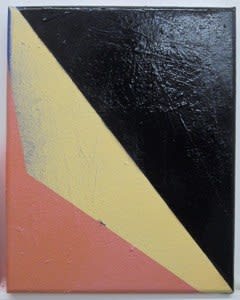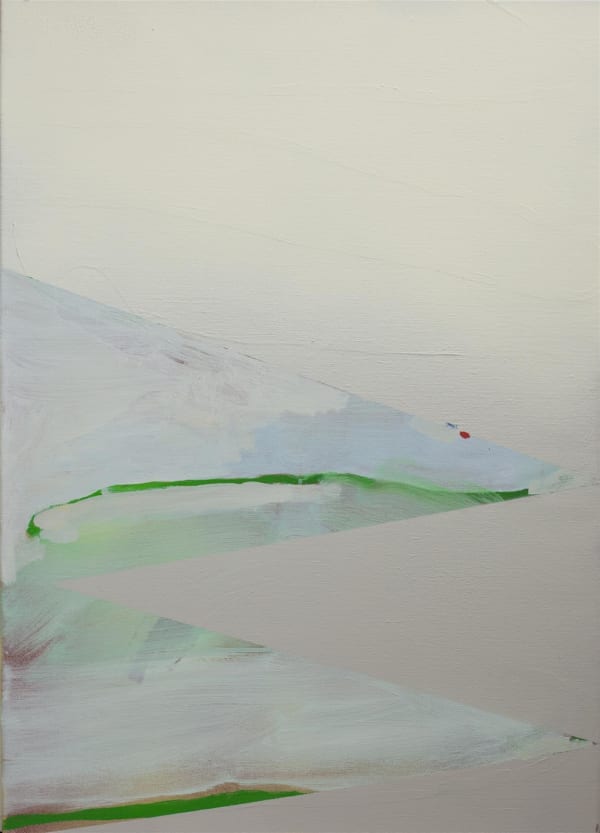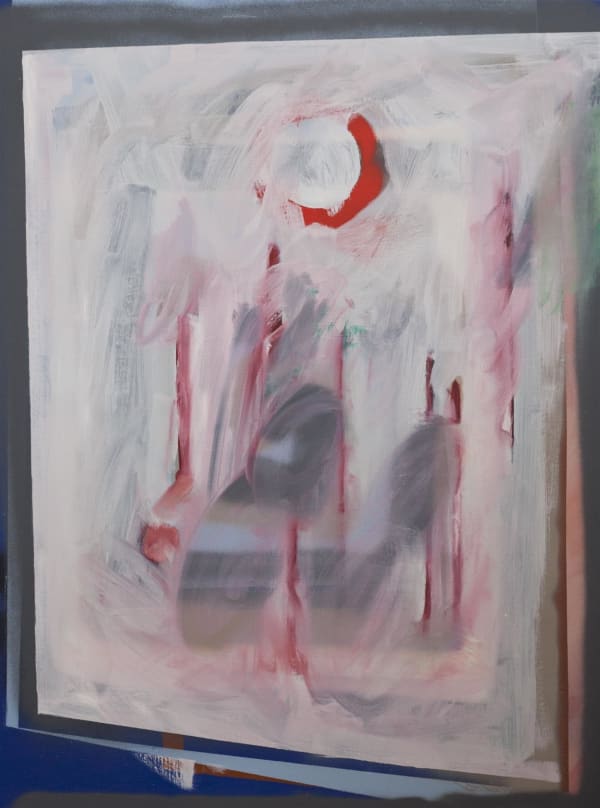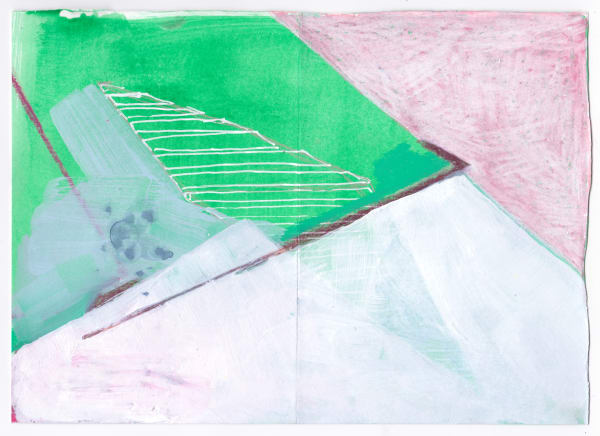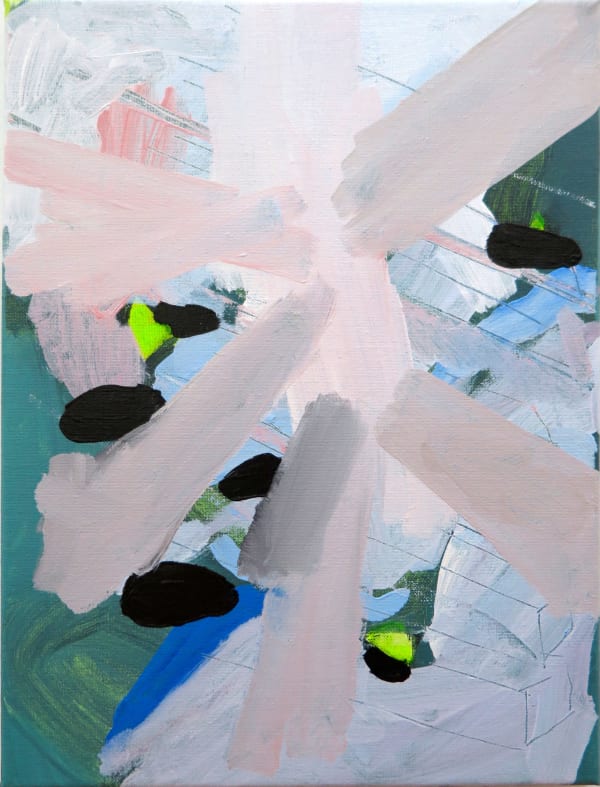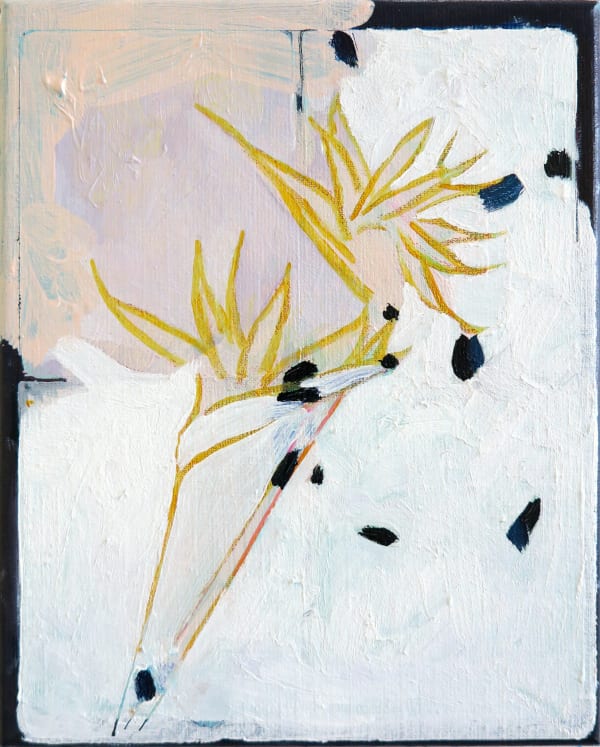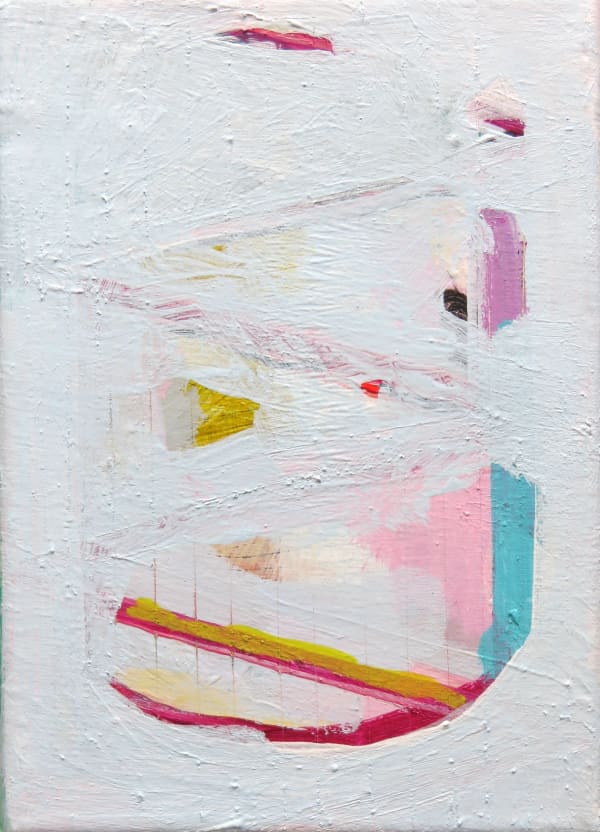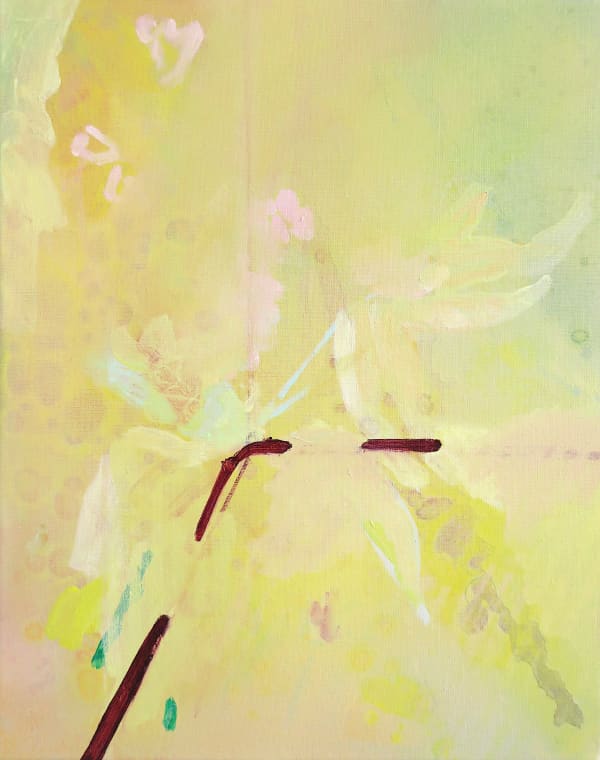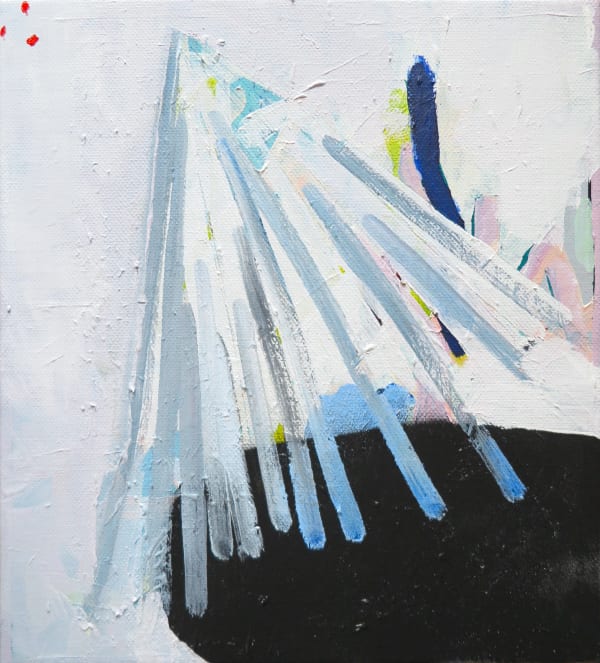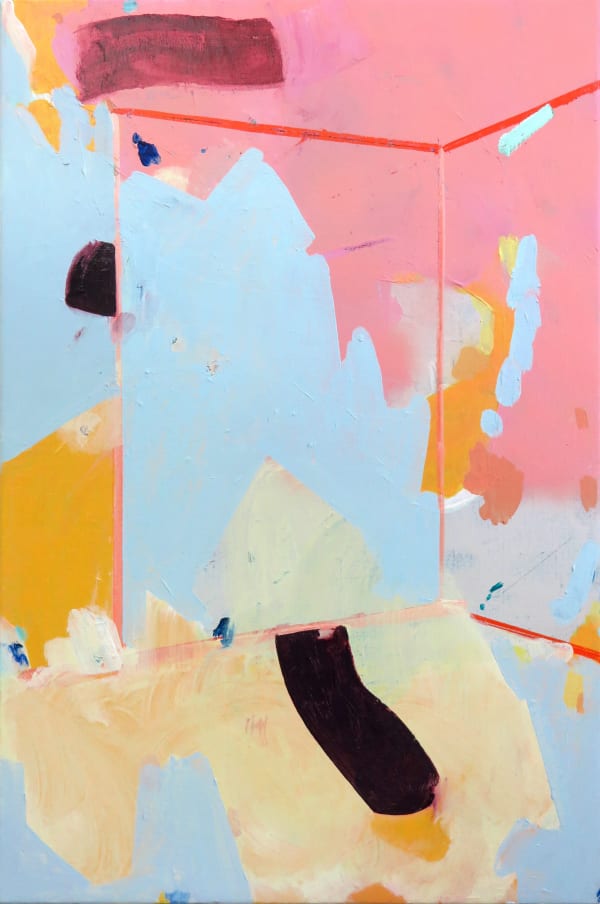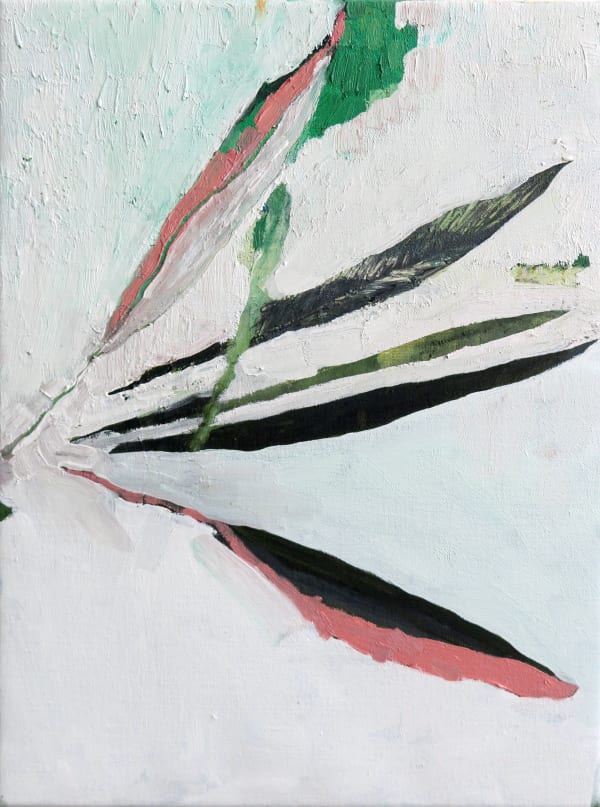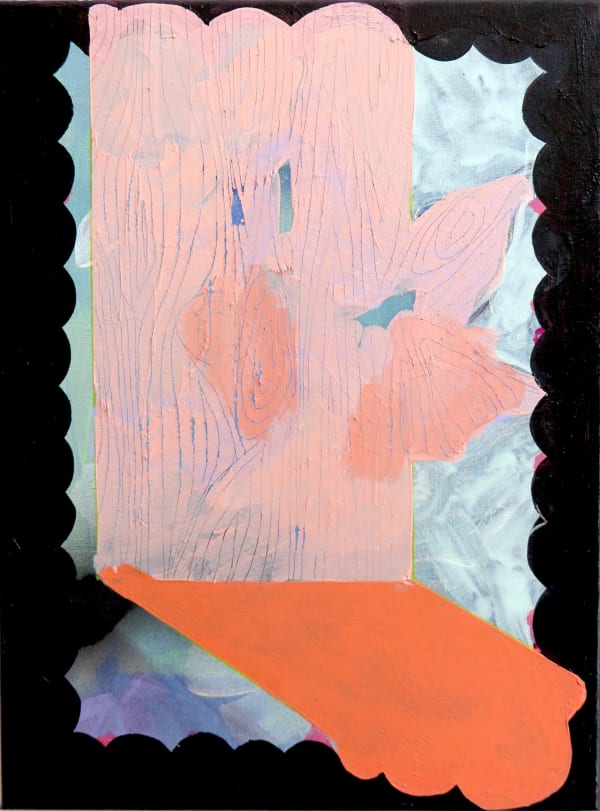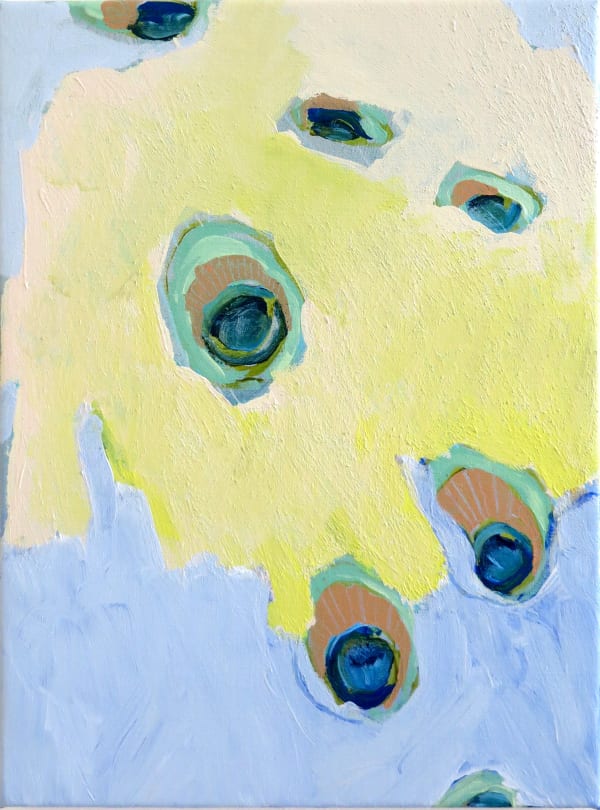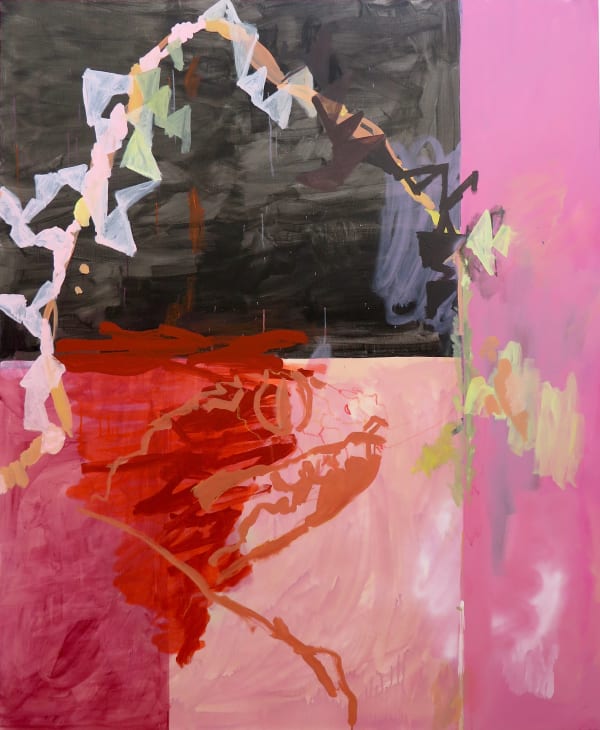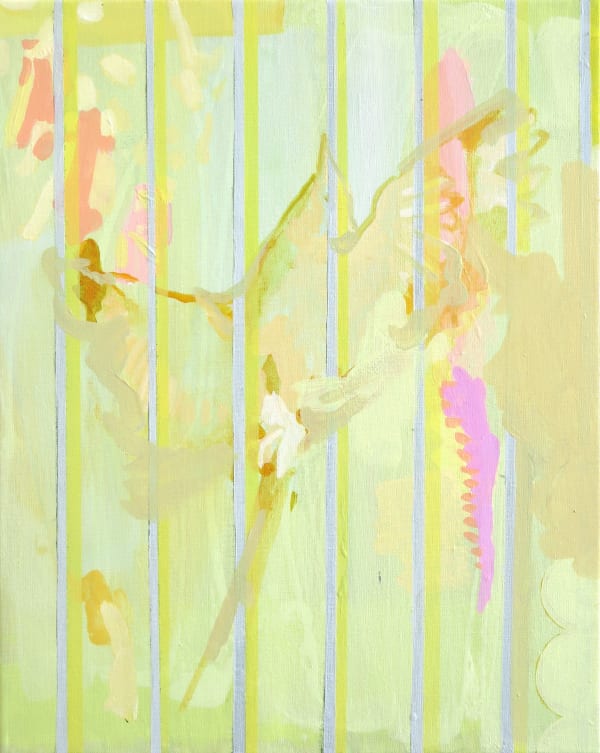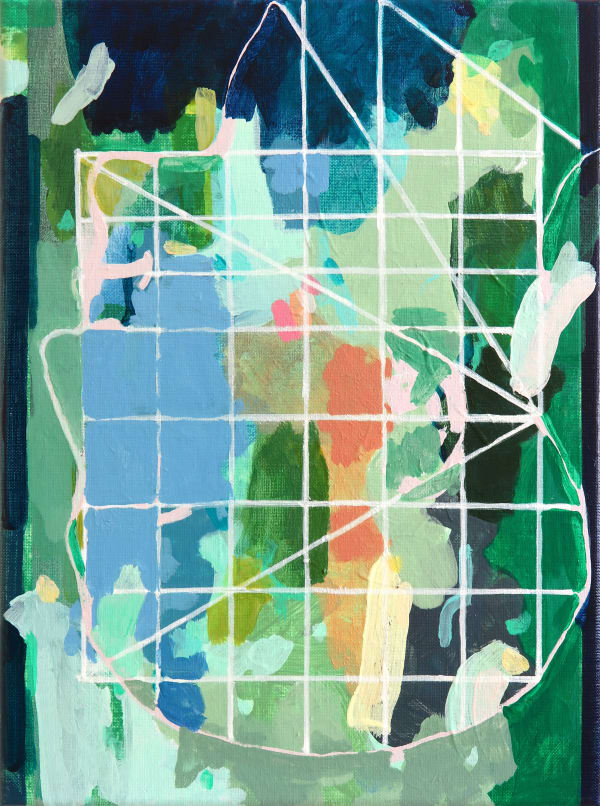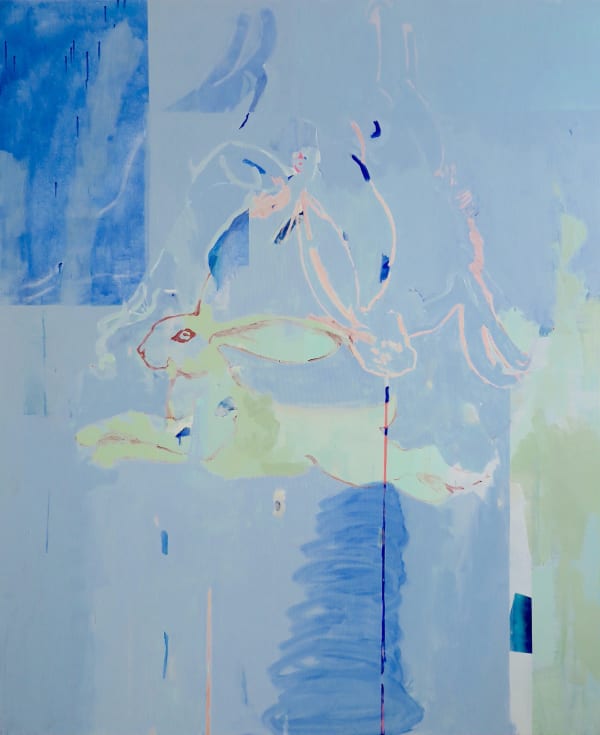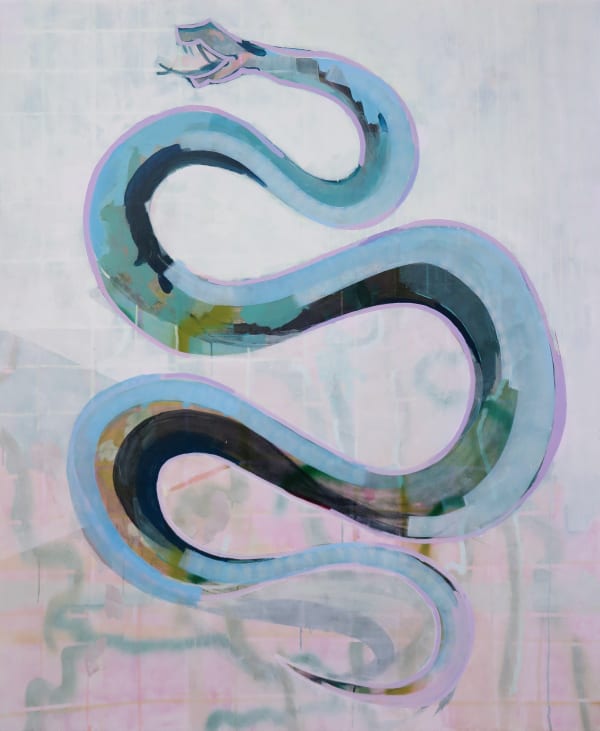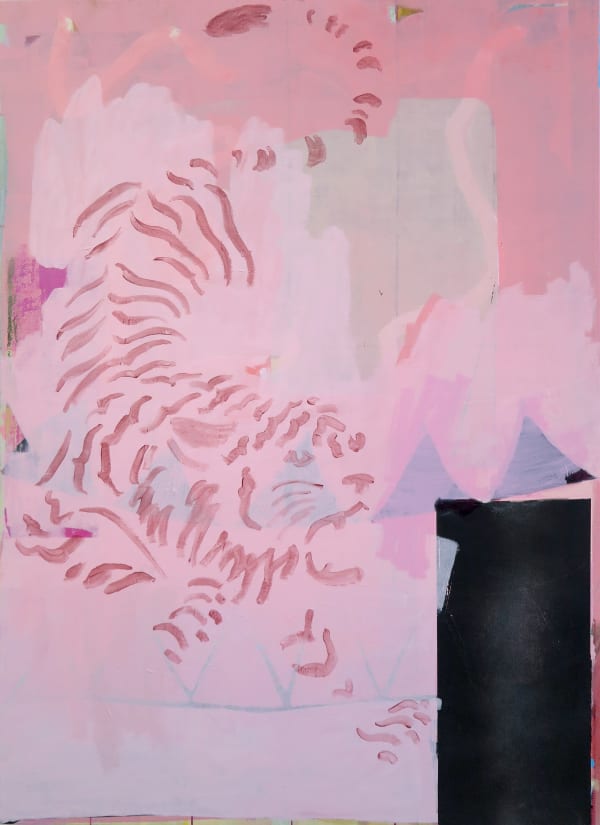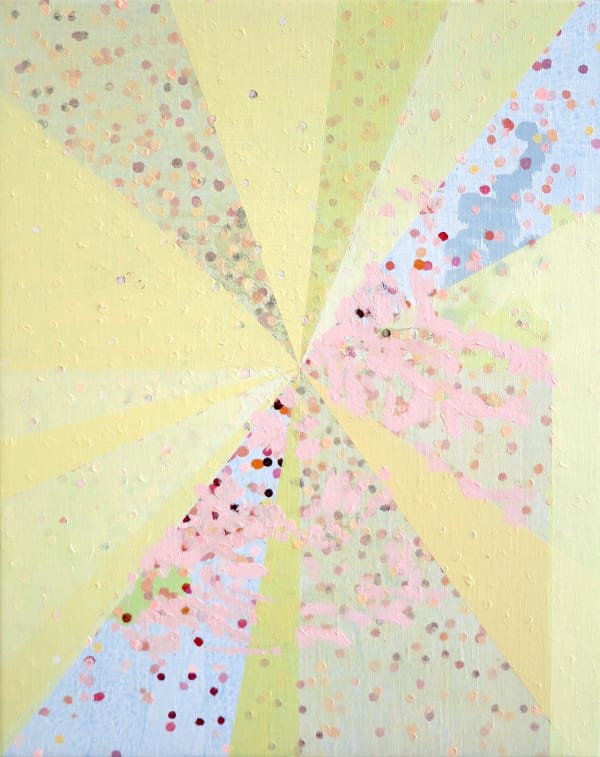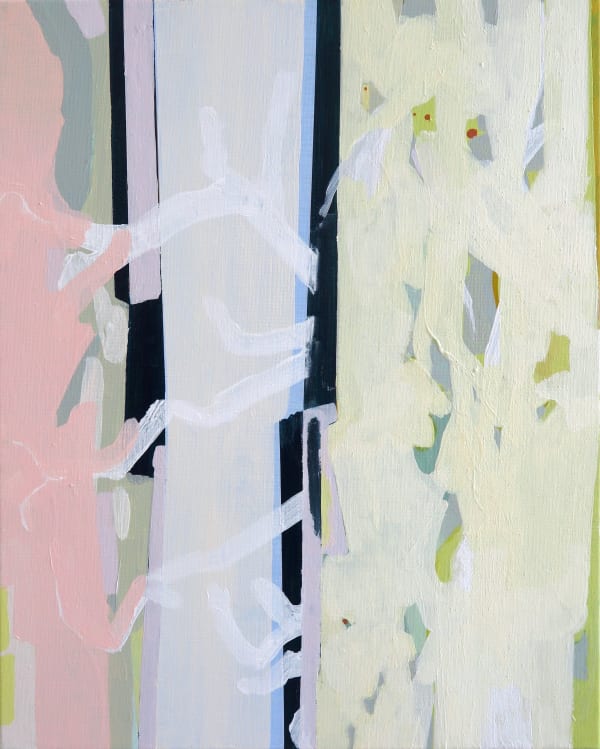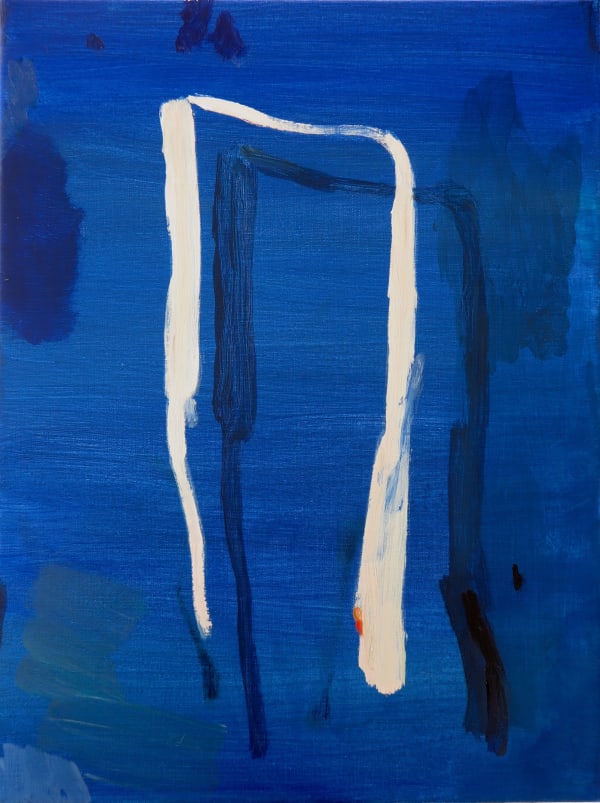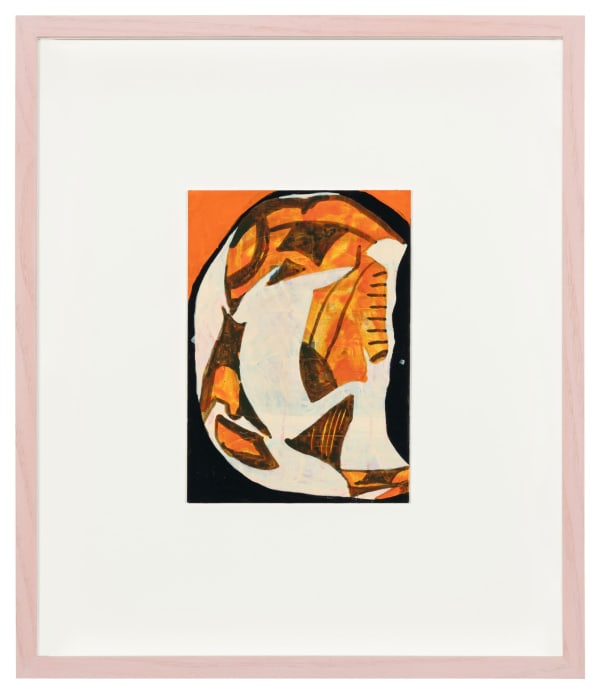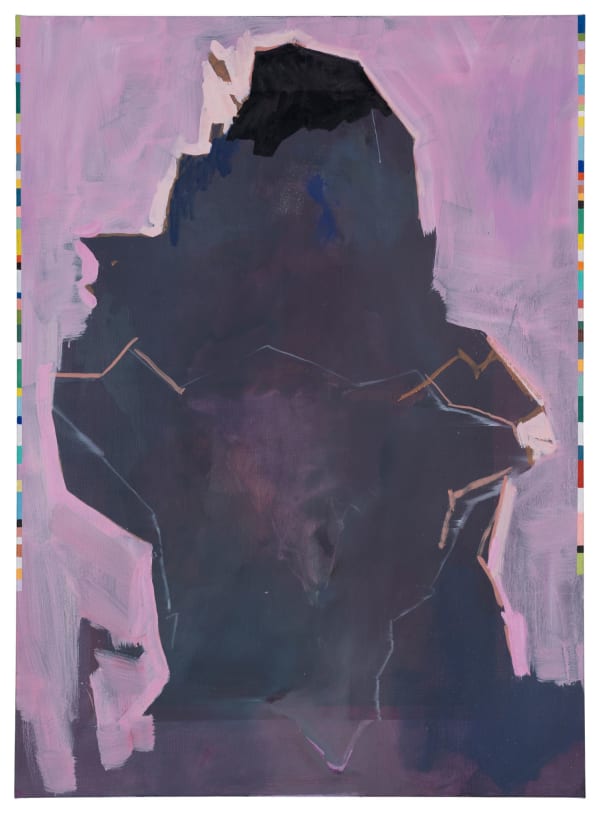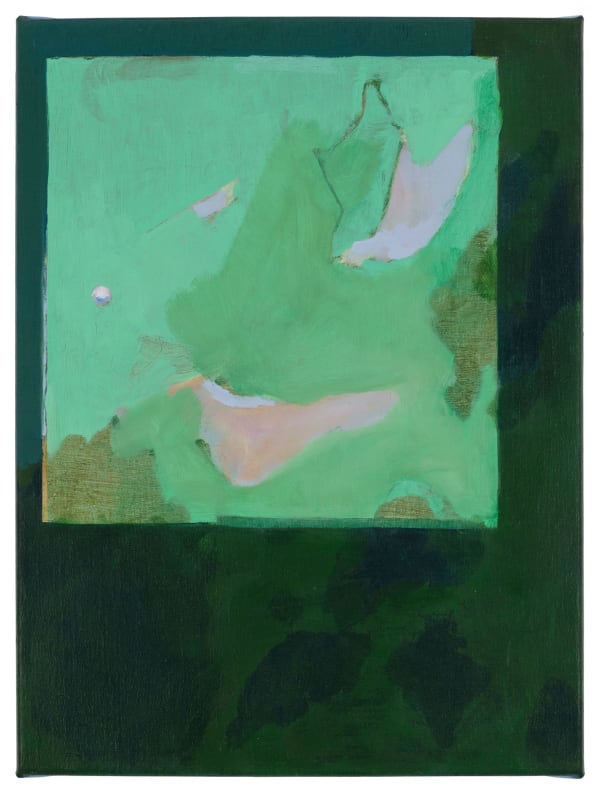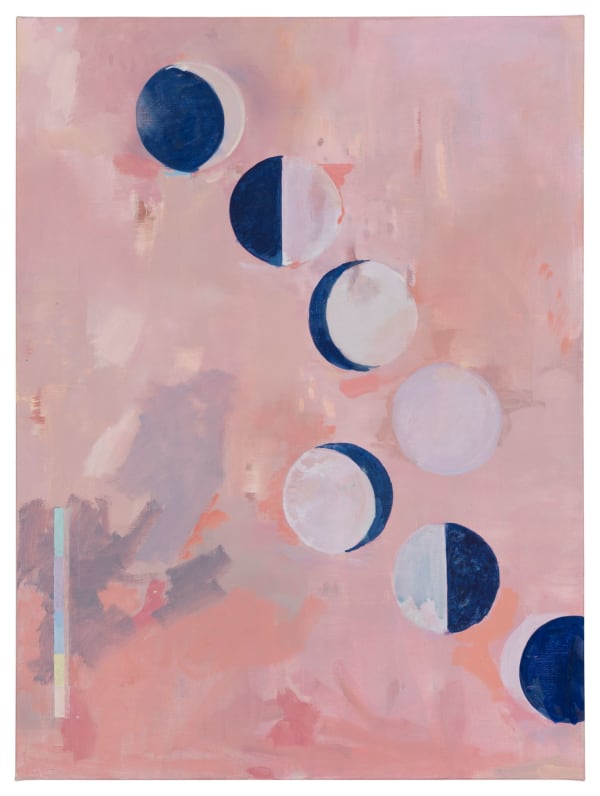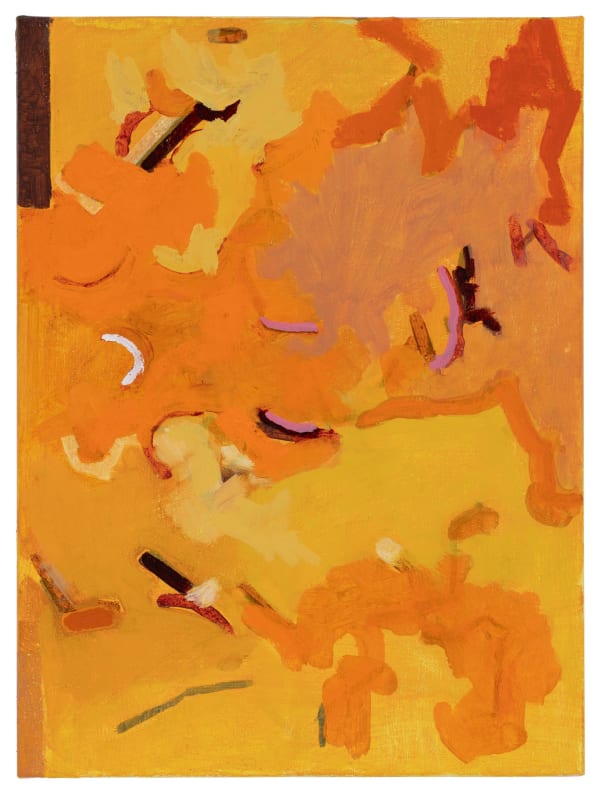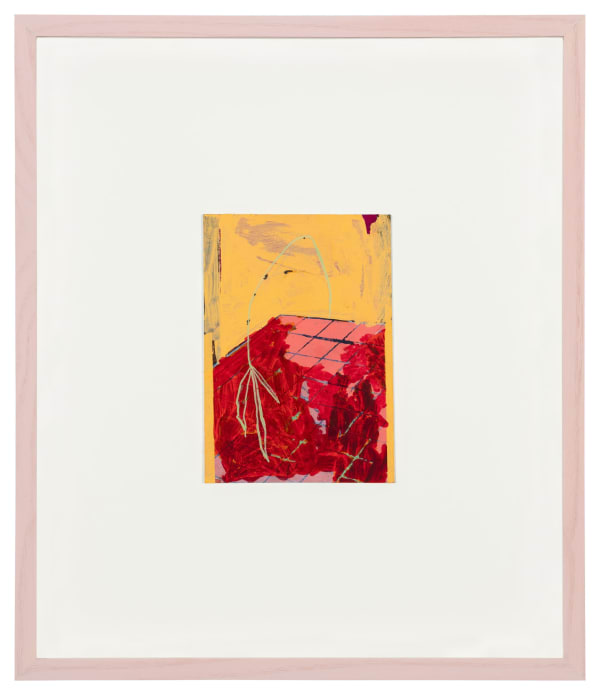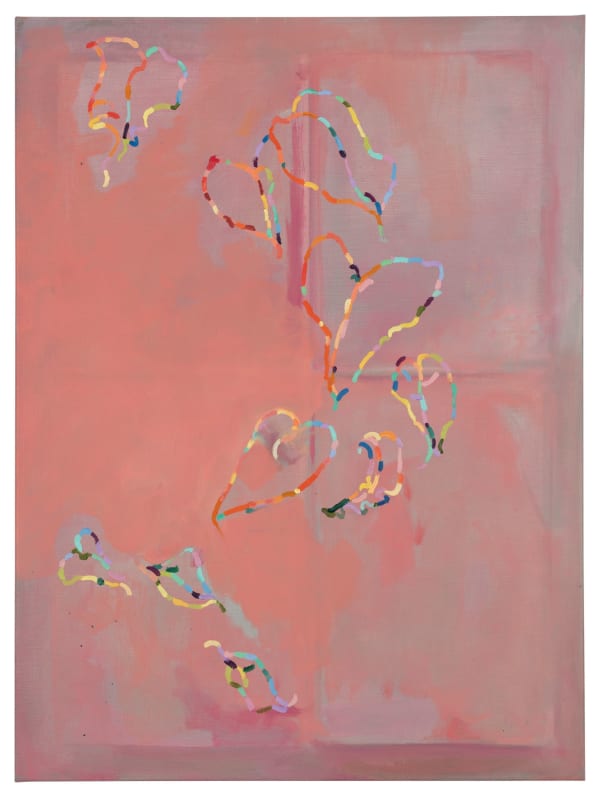Catharina Dhaen
Catharina Dhaen’s approach to painting is based on sensitivity. The way she paints comes from an insecurity. Painting is a slow process, one where you make many mistakes along the way. Seeing her paintings, she often wonders whether or not it’s too frivolous, or too polished. Even if the slightest detail is off, she will immediately cover it with another layer of paint, painting and ‘unpainting’ Catharina calls it. This ‘insecurity’ thus unfolds at the same time a tension between what is seen and what remains hidden. And that is an integral part of her work, it shapes and molds all the different ways it can be read. Catharina is a woman of many interests. While describing her paintings, she often refers to literature and poetry. ‘There are many things at stake when I paint’ she says. ‘It’s never my intention to create a picture in the sense of portraying a specific subject. When I’m painting, I allow certain things to take shape. Sometimes, an image imposes itself. They are like characters coming on stage.I’m very interested in literature and how it connects to certain elements of my artistic practice. For me, there’s no reason why painting can’t behave like language’ ‘My work may seem happy and colorful, it also invokes a sense of free-spiritedness, of doing whatever I like. But it’s exactly this radical way of claiming my freedom that provides me with a framework in which I can create exactly what I want. It’s a liberty I have created quite carefully. And despite the surface’s playfulness, there lingers this interplay of seducing and betrayal and any questions it might arise.’ Catharina’s work is quite biographical. You may not see it at first sight, but it’s always linked with an autobiographical story. Many motifs or shapes recur: they are elements from her life and figure in her paintings. ‘While I’m working, they come forward and I acknowledge them. Or at least recognize their place on my canvas. They come in various symbols that all have personal connotations. But my paintings are not reproductions of them, but rather interpretations. They show the intangibility of my thoughts and feelings.’ ‘Writing poetry and literature has laid the foundation of my painting practice. I’m very much drawn towards so called ‘painters’ painters’, like Raoul De Keyser and Ilse D’Hollander, to name a few, who have really created a voice and a language in paint. Language as an image, basically. I have always loved painters whose works you can read like a poem. The question of whether something is abstract or figurative is irrelevant to me, a painting moves on a spectrum. ‘ ‘’My paintings are also biographical because I work quite intuitively. It’s a way to detangle the thoughts in my head. I paint out of necessity, but it’s not always satisfying. And that’s okay because I wouldn’t want my work to be pleasing. To me, painting is pure freedom, but I need to have a set of rules.’ ‘There is this famous saying by Maria Lassnig where she describes painting as a battlefield of erased attempts. Or Raoul De Keyser, who stressed the idea that everything should be connected. When all my works come together in an exhibition, that’s the moment they start to breathe.’

